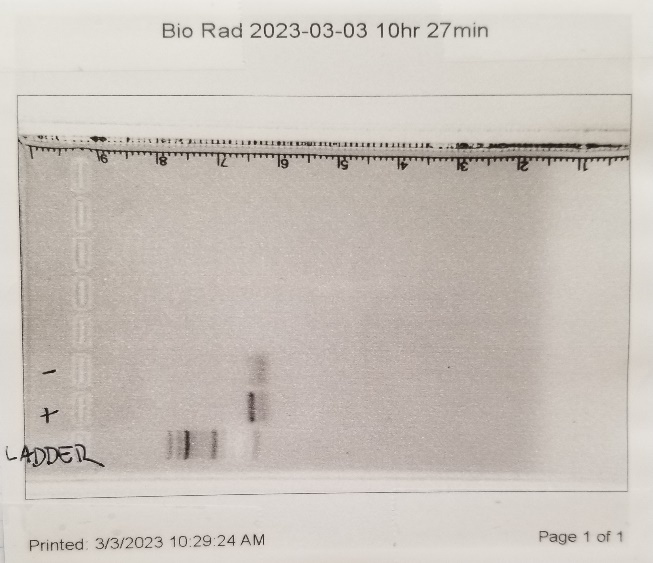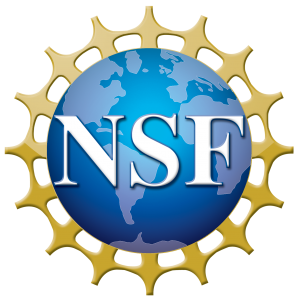17 March 2023
By Ellie Malone and Ilhan Garad
Introduction:
The gene that we picked for our study is Heparan Sulfate 6-O-Sulfotransferase 1 (HS6ST1). This gene is expressed in both the central nervous system and reproductive system and is involved in angiogenesis, the formation of blood vessels. We will test the present of Hs6st1 gene in green anole lizards during their breeding and non-breeding season. During this spring semester, we have been troubleshooting different primer sets to amplify the HS6ST1 gene, and we are taking the next steps to sequence the amplicon.
Research:
We found out that our second primer set was giving us a nice band on the gel, so we moved forward with that set. There were some primer dimers on our gel, so we modified the concentration of our primer set from 1.0µM to 0.5µM and ran PCR and agarose gel for primer set two. The results for the PCR showed that there still were primer dimers in our second set, but there was a nice band to work with. The next step was to move forward with a gel extraction to perform PCR-cleanup after spring break. The goal of the PCR clean-up was to create a solution with pure DNA from our gel that can be sequenced. If the sequence matches the code for the HS6ST1 gene, we know that primer set two is amplifying the desired DNA sequence. We cut the band from the gel and placed it in a microcentrifuge tube, melted the gel, and then took several steps to wash away any undesired material from the DNA. We used nanodrop to record the DNA concentration and the purity ratio from our solution. These numbers show how much pure DNA we had in our solution. We also did calculations to figure out how much water we will add to the PCR that we will send for sequencing. After we finished the PCR cleanup, we placed our samples in the freezer and Dr. Cohen will send them out next week. After we get our results, we will analyze the sequencing results.

Conclusion:
Our lab work is going good so far and we still have some things to do. At the beginning of our troubleshooting, we had primers dimers, so some of our results were not as great as we expected. Throughout this process, we learned how to run PCR, agarose gel, PCR-clean up, maintain a lab notebook, expand our knowledge, and improve our skills. For the upcoming weeks we will perform gel extraction and continue our research.



